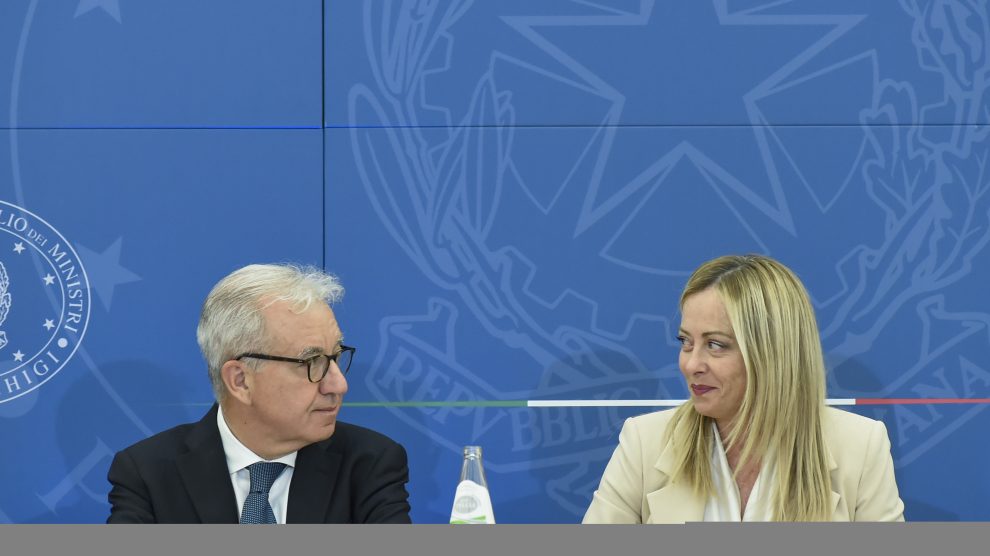Decoding the news. Europe’s civil infrastructure was never designed for military weights (a tank can weigh 70 tons vs. 40 t for a commercial truck).
- The problem: Moving troops from West to East can take weeks, sometimes months.
- The solution: As reported by the Financial Times, Eu Commissioner Apostolos Tzitzikostas is pushing a €17 bn plan to upgrade 500 projects along four military corridors, in coordination with Nato.
- The goal: streamline timing and facilitate movement of troops and tanks to the borders
State of play. Italy leads the strengthening of logistics and critical infrastructure, designating Undersecretary Alfredo Mantovano as the official in charge of critical entities’ resilience.
- This delegation centralizes governance over energy, healthcare, telecoms, finance, transport, space, and water.
- General Franco Federici, Prime Minister Meloni’s military adviser, operationally coordinates ministries and strategic companies – aligning Italy with EU Directive 2022/2557.
The big picture. From infrastructure to national shield, Italy is consolidating its role as a strategic platform for European defense.
- Rome is transforming civil infrastructure into critical security nodes. Physical networks (power plants, ports, pipelines) and digital backbones (IT cables, space assets) are now part of a bulletproof national shield.
- In this scenario, the design of the bridge over the Strait of Messina represents the creation of a strategic infrastructure for civil and military logistics and for the security of the Italian and European borders.
- This strategy mirrors Nato’s Article 3, which stresses that each member must strengthen its resilience to ensure credible collective defense.
What we’re watching. Europe is trying to strengthen the ability to defend itself. The Eu defense capability will rely on the speed of its infrastructure and the strength of its national resilience networks.
- Along the lines of Nato’s civil resilience directives, Rome is aware that the difference between civil and military infrastructures has now blurred and is working to create an integrated defensive ecosystem.
- By moving in lockstep with Brussels, Italy positions itself as a Mediterranean stability hub, merging military capability, public‑private coordination, and centralized governance.





